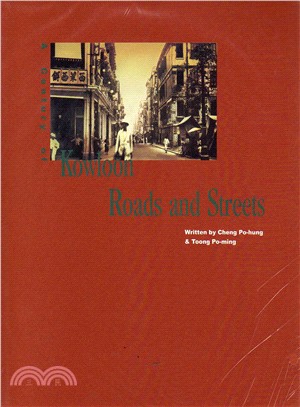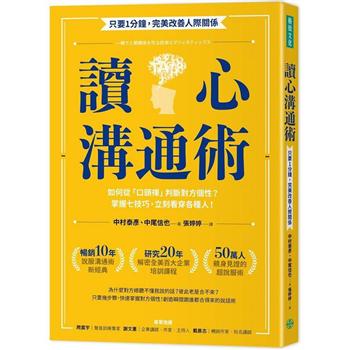| FindBook |
|
有 1 項符合
irene cheng ko tim-keung and paul levine的圖書 |
 |
$ 356 ~ 405 | 九龍街道百年(英文版)A CENTURY OF KOWLOON ROADS
作者:Cheng Po-hung/著 / 譯者:IRENE CHENG KO TIM-KEUNG AND PAUL LEVINE 出版社:三聯(香港) 出版日期:2003-07-10 語言:英文 規格:平裝 / 96頁 / 16K大 / 普級 / 單色印刷 / 初版  共 2 筆 → 查價格、看圖書介紹 共 2 筆 → 查價格、看圖書介紹
|
|
|
圖書介紹 - 資料來源:TAAZE 讀冊生活 評分:
圖書名稱:九龍街道百年(英文版)
一八六一年,英國正式佔據“九龍”(界限街以南)。此後的三十多年間,九龍的發展異常緩慢,主要用作防衛用途,即使願意在當地投資的商行,除了少數如黃埔船塢和九龍倉外,大部分的規模亦十分有限。及至一八九八年,英國租借“新界”(界限街以北、深圳河以南和附近島嶼)後,新界便成為港九地區的防衛屏障,加上人口增長對土地需求的殷切,遂加速了九龍各區的發展步伐。此時,港府並將界限街以北的深水?鶠B荔枝角和九龍塘一帶歸入九龍市區,命名為“新九龍”。
至於九龍開鑿的一條主要幹道羅便臣道(後改名為彌敦道),便是為運送軍隊和軍事物資的目的而築建的。在十九世紀後期,港府主要在尖沙咀、油麻地和紅磡等人口較集中和沿岸地區,進行填海和築路工程。踏入二十世紀,以上地區得到進一步的發展,其中尖沙咀和紅磡更因九廣鐵路的通車(一九一零年)以及中國電力公司(後改名為中華電力公司)和青洲英坭廠的興建,而漸漸成為商業旅運中心和工業區。
二十世紀初至一九二零年代,原來受阻於地勢的內陸道路陸續接通。其中最關鍵的是一九二六年擴建完成的彌敦道(從梳士巴利道一直延展至界限街,並接通大埔道)。這條九龍最長的道路,除了貫通九龍、新九龍和新界外,也帶動了旺角的發展。與此同時,深水?鶨M九龍城區也先後發展為軍營、住宅區和工業區。戰後,隨著香港人口激增和經濟遂漸恢復的需要,新的住宅和工業區,如黃大仙和觀塘亦相繼興起。
本書根據第一手資料和十分珍貴的圖象,系統和扼要地描述九龍街道百年發展的脈絡。藉此,相信對讀者認識整個地區的發展,甚具參考價值。
商品資料
- 作者: Cheng Po-Hung、 Toong Po-Ming
- 出版社: 三聯書店(香港)股份有限公司 出版日期:2003-01-06 ISBN/ISSN:9620422007
- 類別: 中文書> 歷史地理
|










